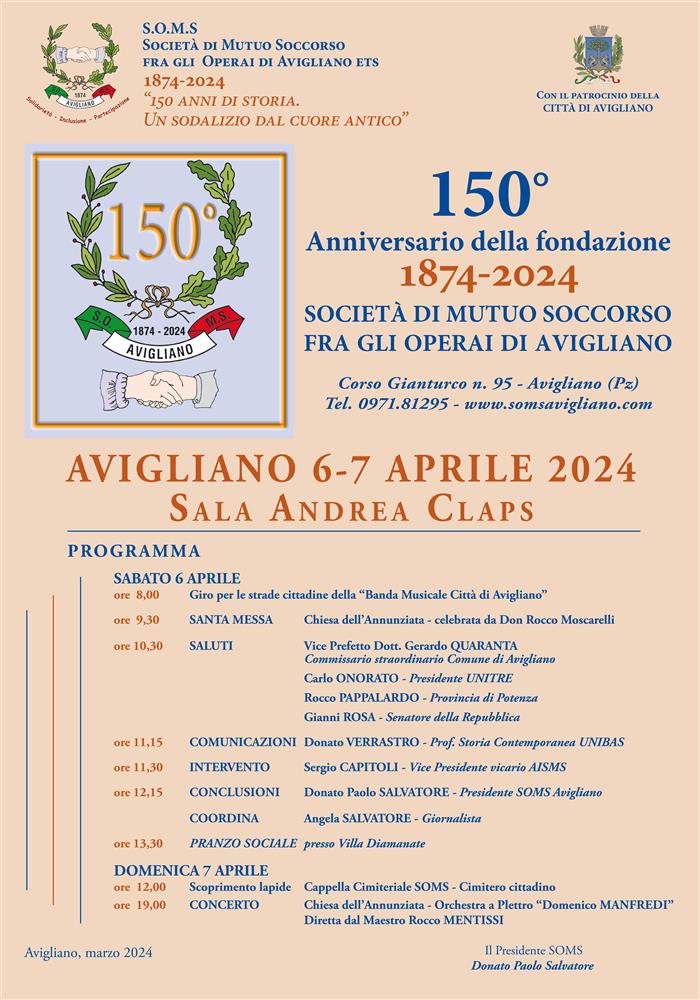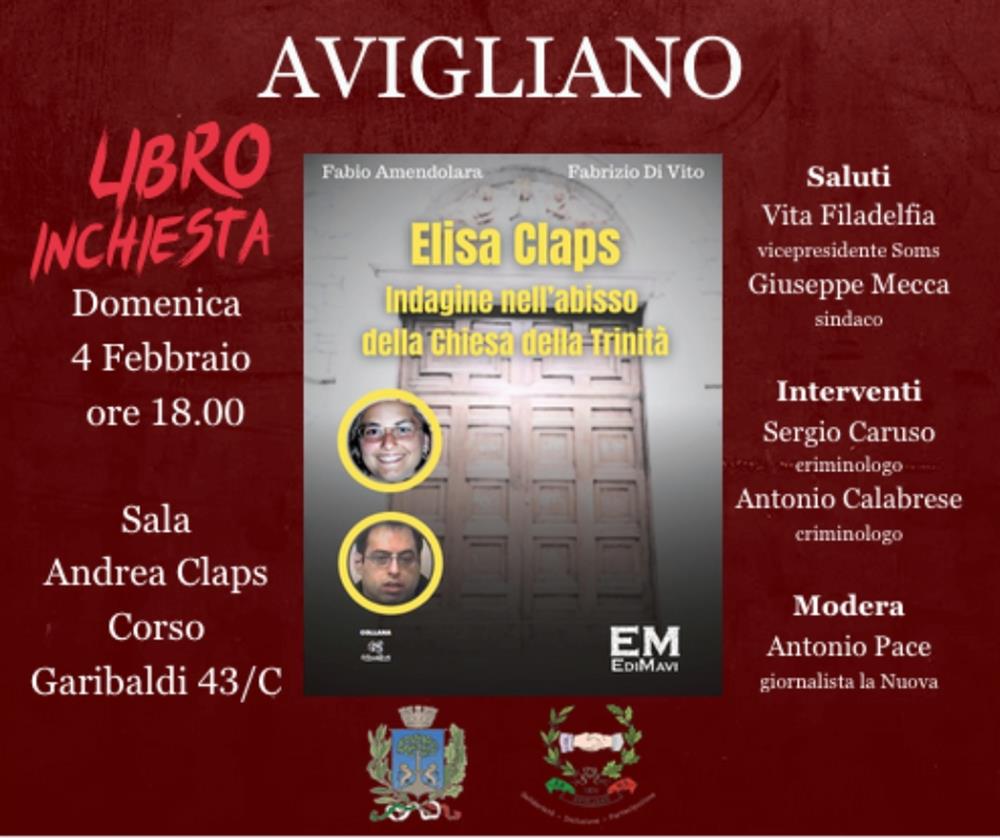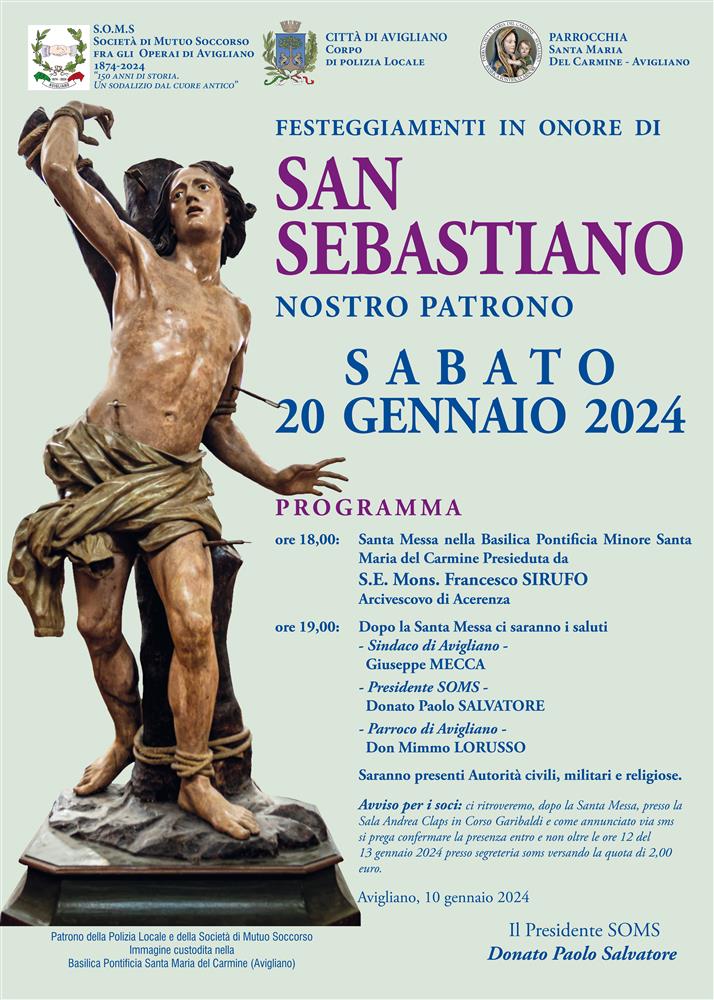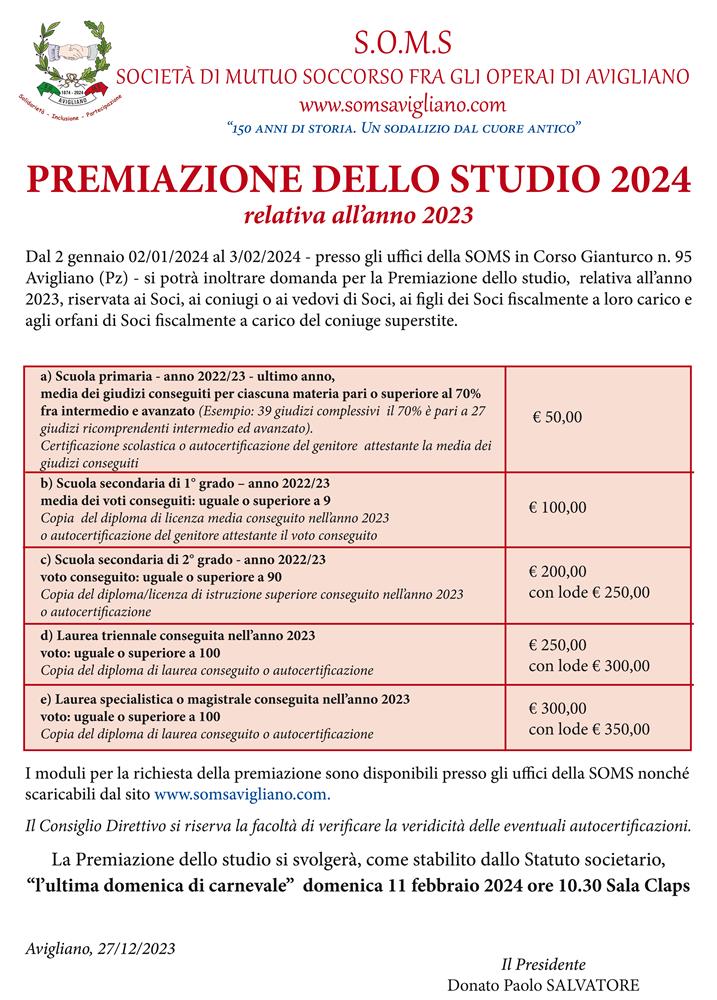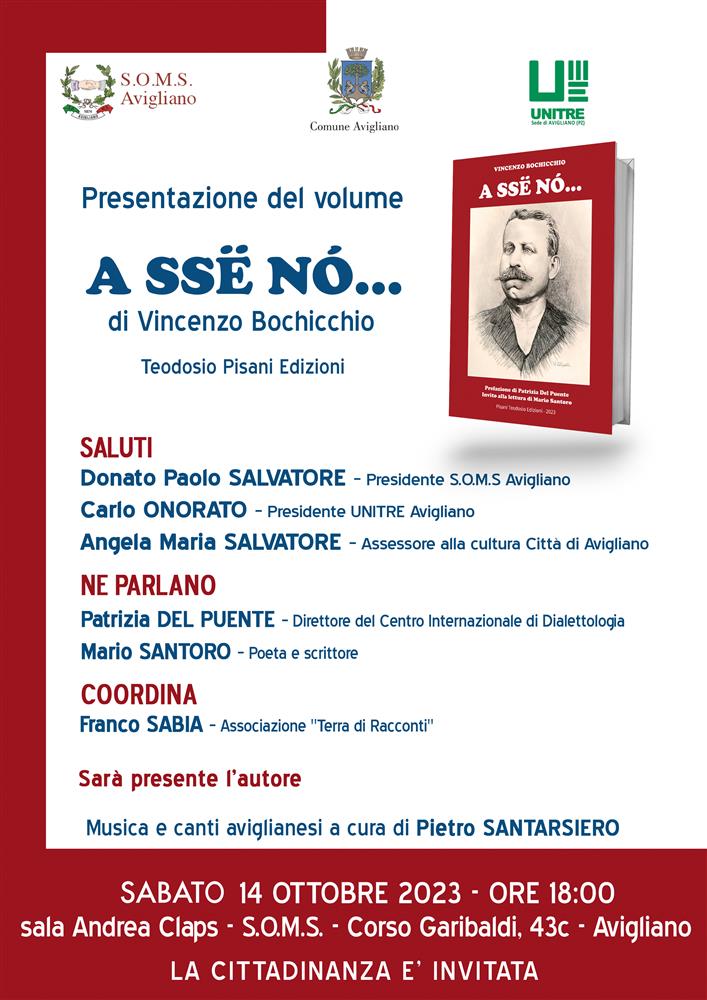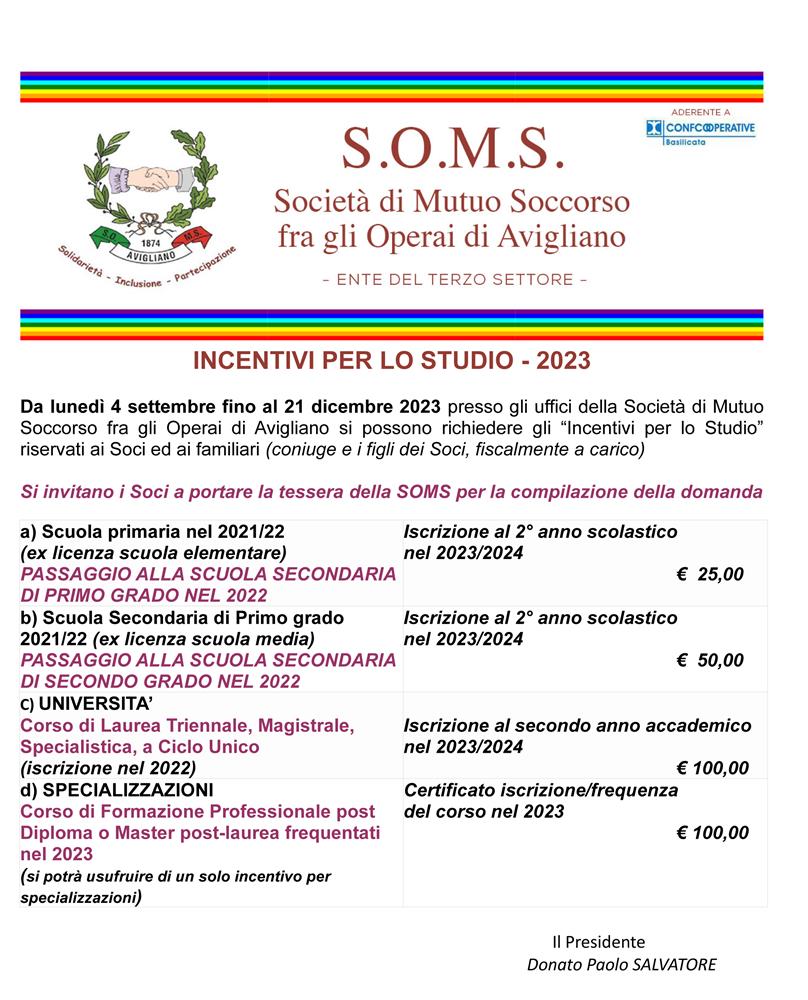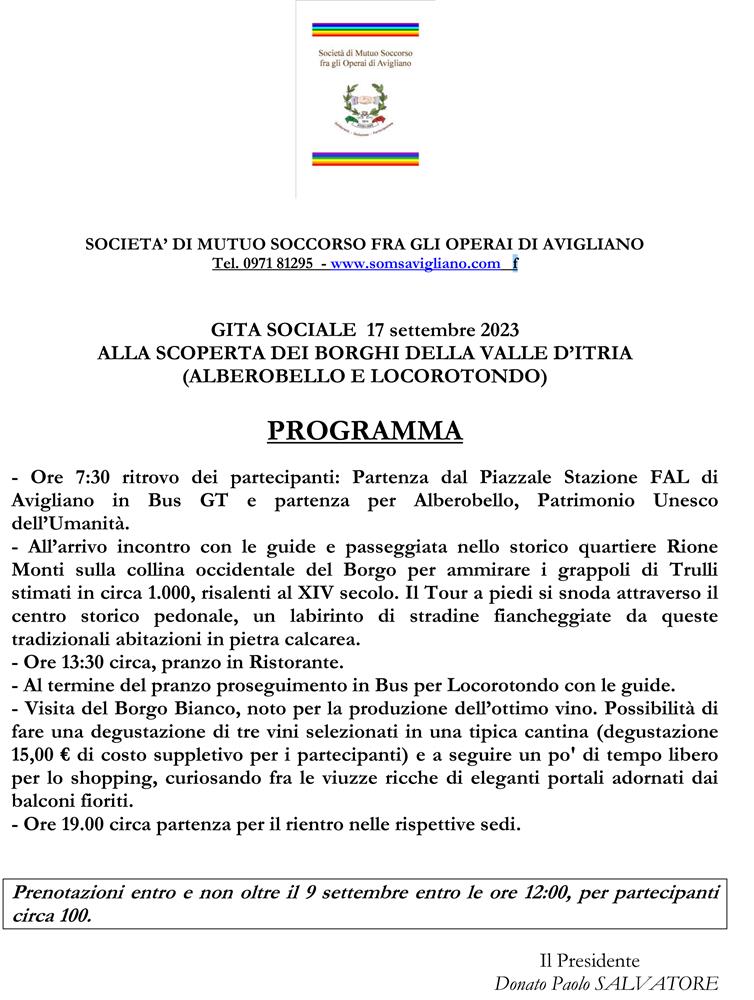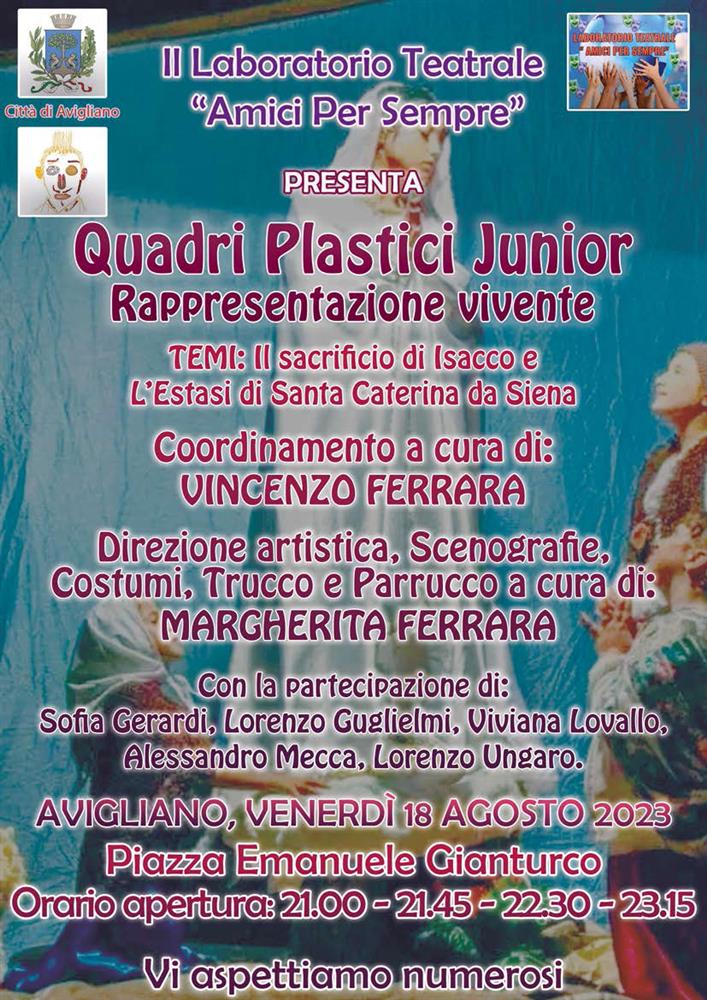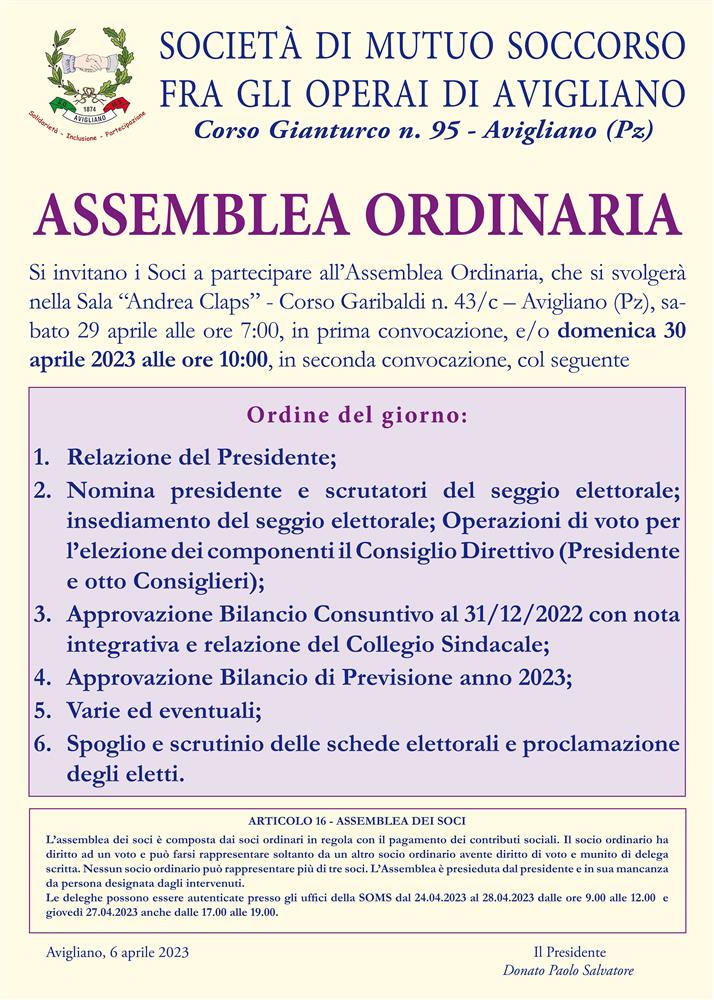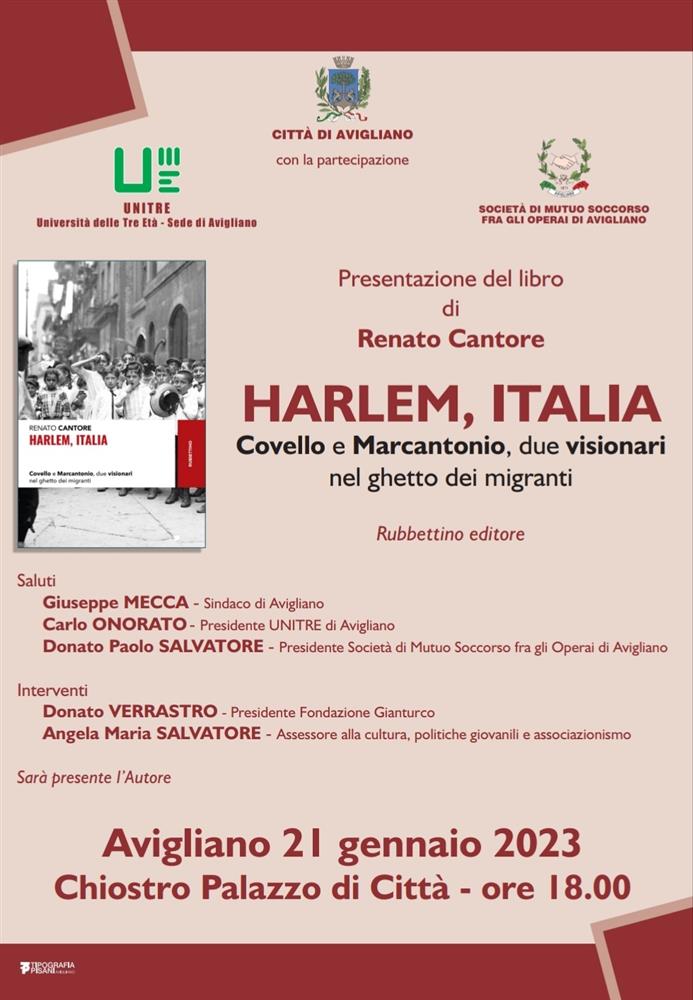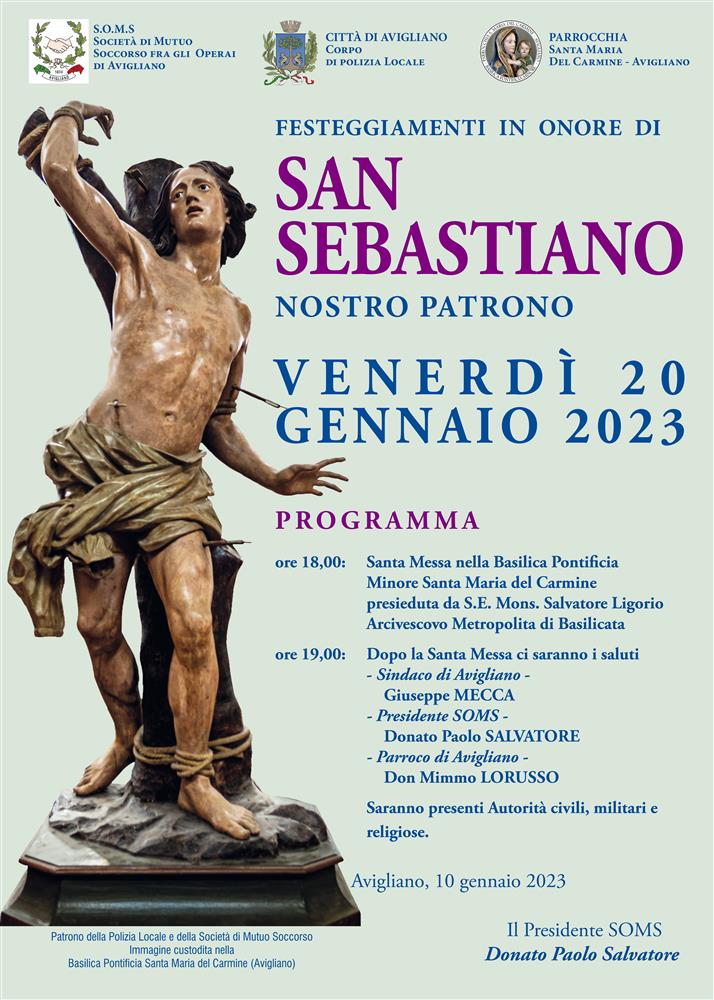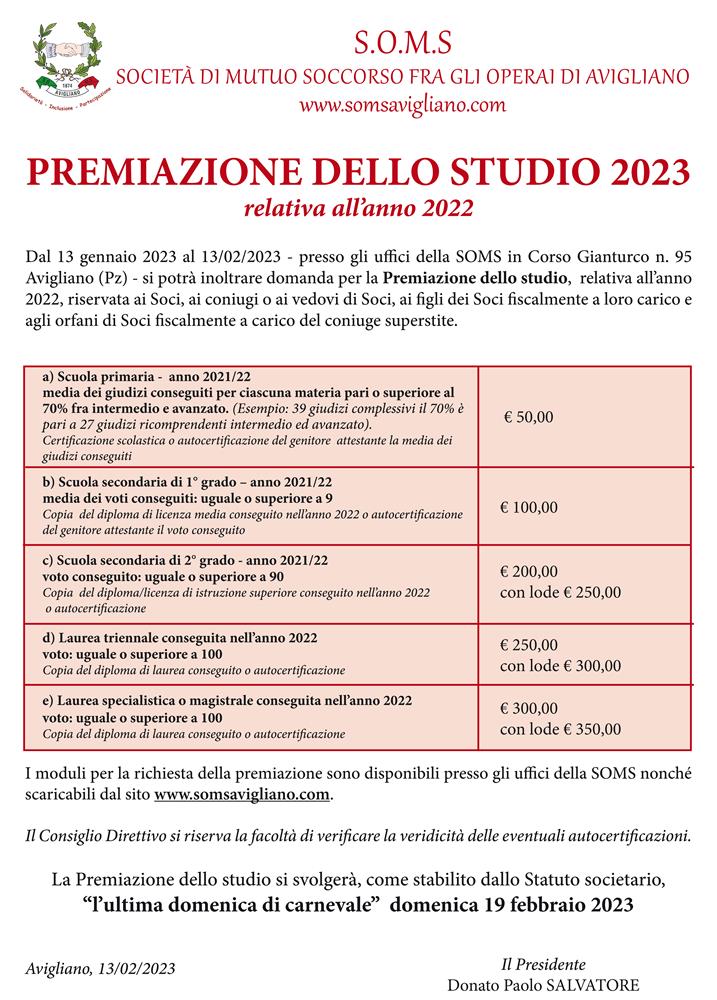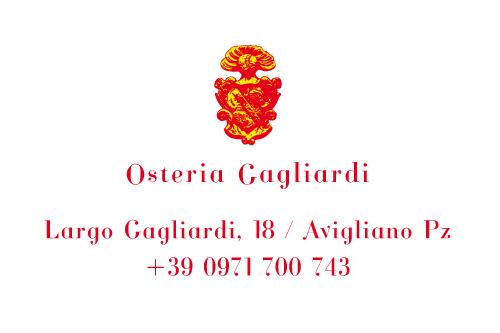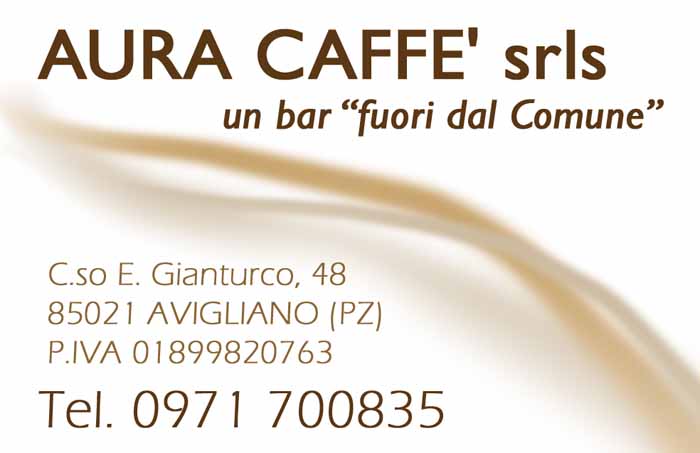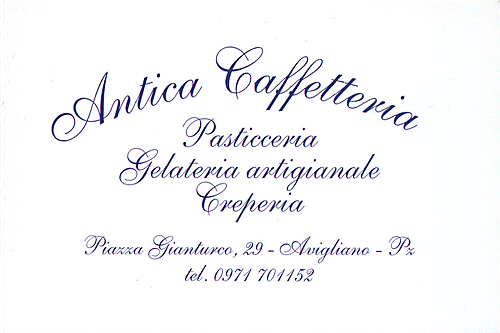NEWS
28/07/2014 |
|
THE AVIGLIANO TRADITION OF CINTI |
|
Another theory traces the origin to the time of Frederick II, who contributed to the use of wax and candles in the churches of his kingdom |
|
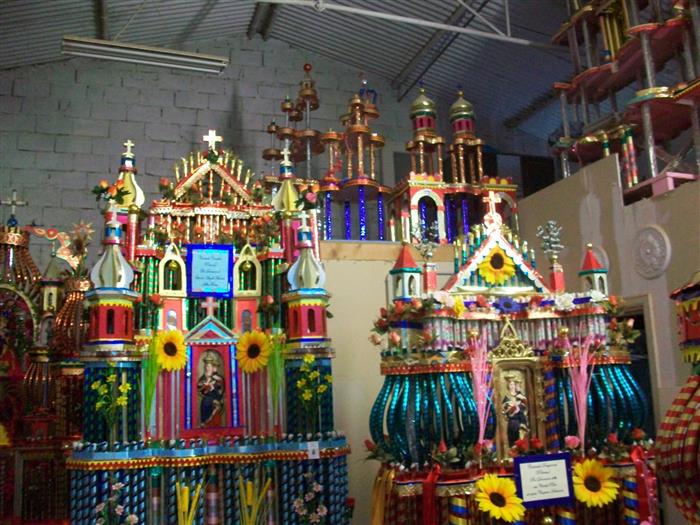 Any person attending the procession on July 16, which starts from Avigliano to the Marian Shrine of Mount Carmine, is struck by the sight of huge votives carried on the shoulders of devotees. In Avigliano they are called "Cinti", an ancient tradition, present with variants in the Mezzogiorno, called "centi" in the Cilento, "cicli" (cycles) in Sicily, "cigli" (eyelashes) in Salerno. The first historical document is a sketch of 1747 kept in the Naples historical archive. The Cinti of Avigliano have different characteristics that make them unique: they represent important shrines and churches, are built by hand, are decorated with candles, and have impressive dimensions. These special votive offerings have reached, over the centuries, a high artistic quality, of 800 works from the workshops and workers of cabinetmakers and craftsmen, such as the Rosiello, Viaggiano, De Carlo and Salvatore families. The legacy of the craftsmanship school continues with the Rizzi family: Rocco, class of 1930, with 60 years of experience in building small wax churches, and his son Donato. As followers of painstaking work, Donato explains: "We start working around November, choosing the models, because each has its own name and encloses a church, a symbol of devotion. Then you start working with the design, decorative candles, statues made of wood with iron carriers. All by hand. The choice of colors is not left to chance. Let's take the symbol of the color characteristics of the models: the blue color of the Marian cloak certainly stands out." Rocco is a living encyclopedia of this tradition. He started very young in the postwar period and said, digging in the memories of childhood, the Cinti continued to be built during the conflict, even if everything was unavailable, workers used their ingenuity to substitute any material at hand, such as bundles of wheat, pieces of cloth, the little existing paper. These special votives, while rooted in past centuries, have adapted to the times: a tradition renewed in technique and symbolism of faith. In the period after World War II they had a particular form. The devotees who took charge of the construction were the veterans and their families, who wanted to thank Our Lady of Mount Carmine for the return of their loved ones. The Cinti assumed the shapes of airplanes, ships, tanks and war vehicles, to represent the military corps in which they fought: the army, navy and air force. The Rizzi themselves have innovated the work. Since 1997, these handcrafted jewels have grown larger, have expanded the range of colors, and candles are also decorated with acetate ribbons in addition to classic decorations by hand. They are full of votive symbolic reminders: the ribbons are the ties that bind the faithful to the sacred, the wood is the cross, the candles are the light of faith that illuminates the blue Marian devotion, the strenuous climb along the slopes of Mount Carmine, almost a catharsis, an expiation from sin. "The tradition of the Cinti is a pure devotion of the faithful," said Donato Rizzi "in fact, they are required by those who want to say thank you to, and ask for grace from, Our Lady of Mount Carmine. So it is a plea to her by private citizens without any sponsorship or grant of public institutions or public and private. A popular tradition and unique craftsmanship that only survives thanks to popular religion." Another theory traces the origin to the time of Frederick II, who contributed to the use of wax and candles in the churches of his kingdom.
Any person attending the procession on July 16, which starts from Avigliano to the Marian Shrine of Mount Carmine, is struck by the sight of huge votives carried on the shoulders of devotees. In Avigliano they are called "Cinti", an ancient tradition, present with variants in the Mezzogiorno, called "centi" in the Cilento, "cicli" (cycles) in Sicily, "cigli" (eyelashes) in Salerno. The first historical document is a sketch of 1747 kept in the Naples historical archive. The Cinti of Avigliano have different characteristics that make them unique: they represent important shrines and churches, are built by hand, are decorated with candles, and have impressive dimensions. These special votive offerings have reached, over the centuries, a high artistic quality, of 800 works from the workshops and workers of cabinetmakers and craftsmen, such as the Rosiello, Viaggiano, De Carlo and Salvatore families. The legacy of the craftsmanship school continues with the Rizzi family: Rocco, class of 1930, with 60 years of experience in building small wax churches, and his son Donato. As followers of painstaking work, Donato explains: "We start working around November, choosing the models, because each has its own name and encloses a church, a symbol of devotion. Then you start working with the design, decorative candles, statues made of wood with iron carriers. All by hand. The choice of colors is not left to chance. Let's take the symbol of the color characteristics of the models: the blue color of the Marian cloak certainly stands out." Rocco is a living encyclopedia of this tradition. He started very young in the postwar period and said, digging in the memories of childhood, the Cinti continued to be built during the conflict, even if everything was unavailable, workers used their ingenuity to substitute any material at hand, such as bundles of wheat, pieces of cloth, the little existing paper. These special votives, while rooted in past centuries, have adapted to the times: a tradition renewed in technique and symbolism of faith. In the period after World War II they had a particular form. The devotees who took charge of the construction were the veterans and their families, who wanted to thank Our Lady of Mount Carmine for the return of their loved ones. The Cinti assumed the shapes of airplanes, ships, tanks and war vehicles, to represent the military corps in which they fought: the army, navy and air force. The Rizzi themselves have innovated the work. Since 1997, these handcrafted jewels have grown larger, have expanded the range of colors, and candles are also decorated with acetate ribbons in addition to classic decorations by hand. They are full of votive symbolic reminders: the ribbons are the ties that bind the faithful to the sacred, the wood is the cross, the candles are the light of faith that illuminates the blue Marian devotion, the strenuous climb along the slopes of Mount Carmine, almost a catharsis, an expiation from sin. "The tradition of the Cinti is a pure devotion of the faithful," said Donato Rizzi "in fact, they are required by those who want to say thank you to, and ask for grace from, Our Lady of Mount Carmine. So it is a plea to her by private citizens without any sponsorship or grant of public institutions or public and private. A popular tradition and unique craftsmanship that only survives thanks to popular religion." Another theory traces the origin to the time of Frederick II, who contributed to the use of wax and candles in the churches of his kingdom.Article by Leonardo Pisani. blog http://leonardopisani.blogspot.it/ |
|
Cathy Farrell |
|
fonte AVIGLIANONLINE.EU |
|
categoria: MUSICA E SPETTACOLO |
|
|
|
|
|
|
|
|
|
|


